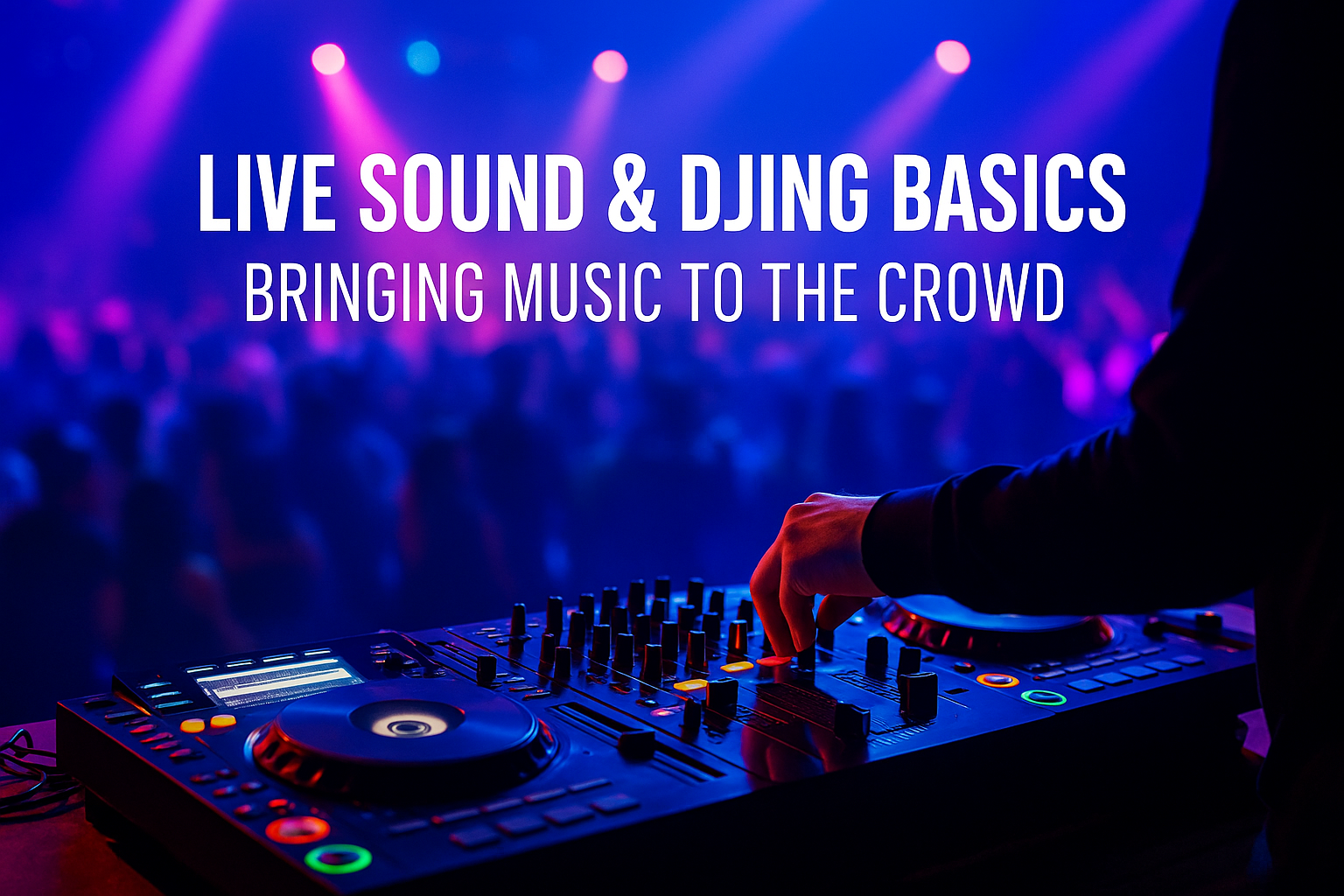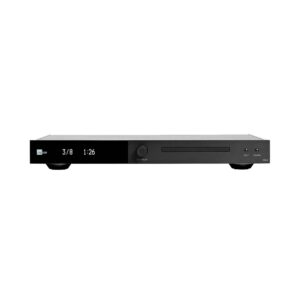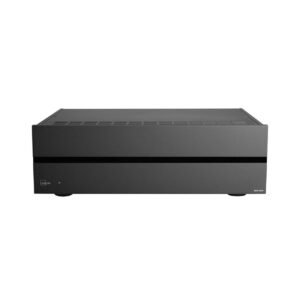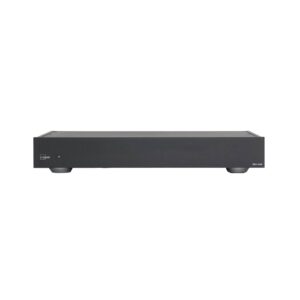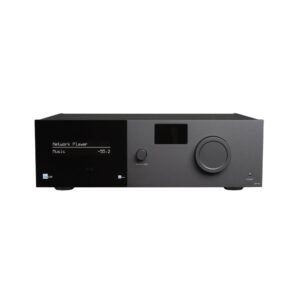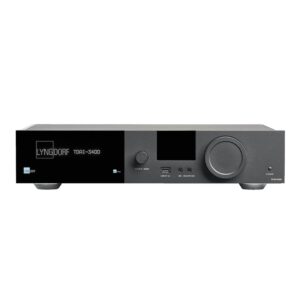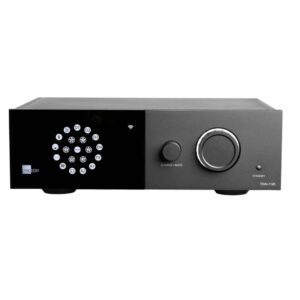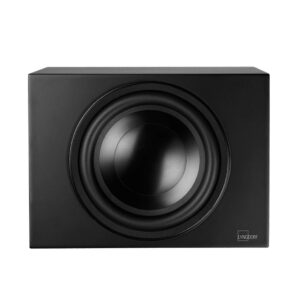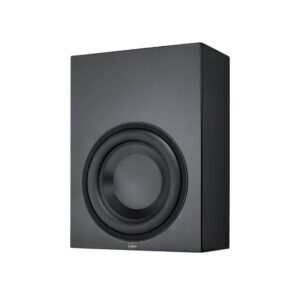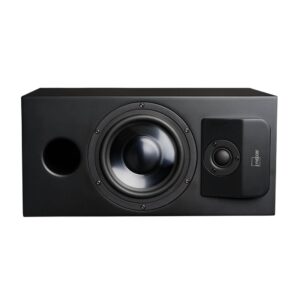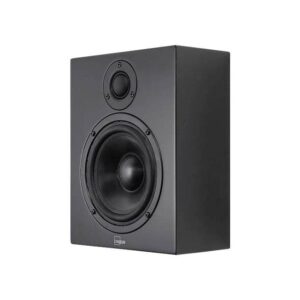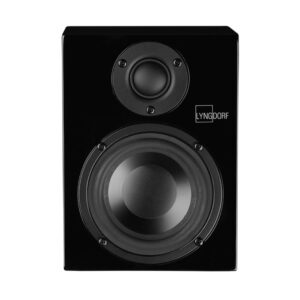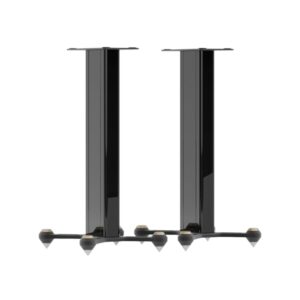Whether you’re mixing a live band or DJing a party, the basics of sound and equipment are similar: keep it balanced and clear.
Live Sound Essentials
Mixer is the Hub: The soundboard (mixer) is where all inputs (mics, instruments) come together. It lets you control each source’s level, EQ, and send them to the PA or stage monitors. A live-mixing guide reminds us: “The mixer is the central hub of live mixing”. When setting up, connect each mic/instrument cable to a channel, and a cable from the mixer’s “Main Out” to the PA’s input.
Microphone Setup: Good mic placement prevents feedback and captures sound well. Point a vocal mic close to the singer’s mouth (off-axis from speakers). For instruments, position each mic to highlight that instrument’s character. Ensure all mics are in a safe, stable stand.
Gain Staging: Before the show, have everyone make noise and set each channel’s gain (trim) so the loudest sound just touches the meter’s top without clipping. This ensures a strong, clean signal.
Balance and EQ: Once levels are set, balance faders so every instrument is audible. Use EQ to cut unwanted frequencies (e.g. reducing 200 Hz bass boom or 4 kHz harshness). Keep vocals prominent – often a slight high-mid boost makes them shine. The goal is clarity: “able to pick out every key instrument”.
Prevent Feedback: If a speaker squeals, notch out that frequency with EQ or turn down that channel slightly. Keep microphones pointed away from PA speakers. Floor monitors (wedges) or in-ear monitors let performers hear themselves without blasting the whole room. As the guide notes, “Monitoring is key” so musicians stay on tempo and in tune.
Be Ready to Adapt: Live sound is unpredictable. Watch levels throughout the show and be ready to tweak. Sudden quiet vocals or a power chord’s blast may need a quick fader or EQ adjustment. Keep your eyes on the stage – if the guitar amp changes volume, you’ll know to adjust.
DJing 101
Equipment: Most beginners start with a DJ controller – a compact box that mimics turntables and mixer, connected to a laptop running DJ software. Controllers often have jog wheels, faders, and pads to mix tracks. Alternatives are traditional turntables or CD players with a standalone mixer. But controllers are cheaper and portable.
Software: Programs like Serato, Rekordbox, and Traktor power your DJ sets. They let you load music, set cue points, and apply effects. The controller’s knobs and buttons manipulate the software. New DJs can even start with just a computer or phone app, though that’s harder without physical controls.
Music Library: A DJ’s skill lies in song selection. Build a library of danceable tracks in a consistent format (MP3 or higher). Use DJ music stores or pools to find clean versions and remixes. Keep genres organized so you can quickly find, say, a “house” or “pop” playlist during a gig.
Headphones: Crucial for on-the-fly mixing. A DJ uses closed-back headphones to preview the next track while the current one plays for the crowd. This allows beatmatching (aligning tempos) by ear. Always cue one track in your headphones, and only release it to speakers when it’s perfectly timed.
Speakers: Begin with a set of active studio monitors or PA speakers. For home practice, monitors are ideal. For gigs, PA speakers (medium-sized at least) ensure sound carries over a room. Place them to cover the audience but away from feedback loops (i.e. angled away from mics).
DJ Budget Tip: You can start small – affordable controllers can be under $100. Even a basic setup with free software and a decent pair of headphones lets you learn the ropes. Upgrading gear comes later as your skills grow.
In both live sound and DJing, the core is listening carefully and adjusting. The Gear4Music guide emphasizes keeping balance and clarity – set gains and levels so everything sits right and tweak with EQ where needed. For DJs, smooth transitions (using crossfader and effects) keep the dance floor moving. For bands, a consistent clear mix keeps the audience engaged.
With practice and these basics, you’ll be able to pump up the crowd with confidence. Whether it’s mixing a live gig or your first DJ set, focus on clean levels, attentive monitoring, and always have fun sharing music in real time.

